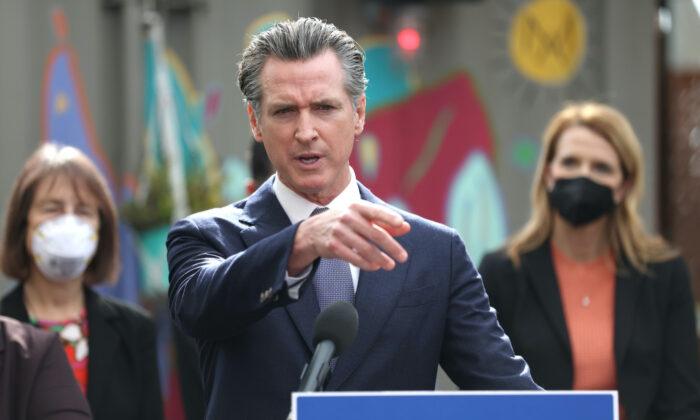LOS ANGELES—Tobacco smoke contains more than 7,000 different chemicals, hundreds of which are toxic, and about 70 that are linked to cancer, according to the Centers for Disease and Prevention (CDC). Many people know its health impacts, but what isn’t so well known is how much we all pay for it.
California spent $18.1 billion a year in health care and lost productivity related to smoking, according to a recent study using data from 2009. This amounts to $4,603 per smoker a year.
University of California (UC) researchers in San Francisco estimated that healthcare costs alone cost the state $9.8 billion. And a large portion of that money was paid by taxpayers through programs like Medi-Cal.
“A significant amount is public. It’s what all of us as taxpayers cover. The other is private insurance coverage, and to a large degree employers pay for that, which in turn leads to more expensive products, so again, we all pay,” said Dr. Paul Simon, director of Chronic Disease and Injury Prevention at the Los Angeles County Department of Public Health.
The study estimates that lost productivity due to death cost the state $6.8 billion in 2009 and $1.4 million from sickness related to smoking.
However, there is some good news. Smoking rates in California have reduced significantly in recent decades.
Even though it appears that the cost of smoking has gone up since the 1999 figure of $15.8 billion, when adjusted for inflation, it is actually 22 percent lower in 2009.
That is because at that time, almost 19 percent of the population of smoked. Now it is down to 13 percent.
The study concluded, “there is evidence that the state’s tobacco control efforts are having a positive impact, resulting in fewer smoking-attributable deaths, reduced real costs of smoking, and lower smoking prevalence rates.”
While smoking in the state went down during the time of the study, one of the UC researchers says it still is not enough.
“We found that while the California tobacco control program has led to reductions in tobacco use in the state over the last decade, smoking is still far too prevalent and results in far too many deaths and high healthcare costs,” said principal investigator Wendy Max, PhD, professor of health economics at the UCSF School of Nursing and director of the UCSF Institute for Health and Aging.
According to the study more people die from smoking than from AIDS, diabetes, or Alzheimer’s.
Smoking Costs California $18 Billion Every Year
Tobacco smoke contains more than 7,000 different chemicals, hundreds of which are toxic, and about 70 that are linked to cancer, according to the Centers for Disease and Prevention (CDC). Many people know its health impacts, but what isn’t so well known is how much we all pay for it.
Save

A man smokes a cigarette next to a no smoking sign in a file photo. Peter Muhly/AFP/Getty Images

By Sarah Le
Updated:



